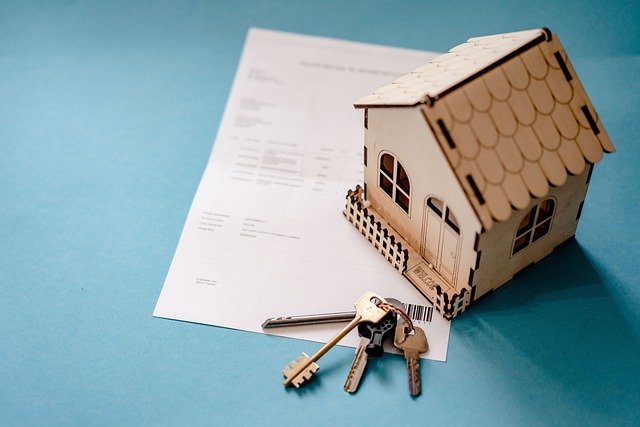"Redefining Real Estate: The Shift Towards Multi-Generational Housing"
In the ever-evolving world of real estate, a growing trend is capturing the attention of both buyers and sellers alike. The concept of multi-generational housing, while not entirely new, is gaining popularity for its practicality and financial benefits. Let's delve into the historical context, current trends, and potential impact this shift has on the real estate landscape.

A Look Back: The Roots of Multi-Generational Housing
Multi-generational living has been a common practice in many cultures for centuries. Historically, it was not uncommon for multiple generations of a family to share a single living space for practical and financial reasons. However, the rise of suburbanization in the mid-20th century, coupled with the increasing emphasis on independence, saw a decline in this practice. Now, as housing costs continue to rise and the population ages, there is a noticeable resurgence in multi-generational living.
The Present Scenario: The Revival of Multi-Generational Homes
Today, multi-generational housing is gaining traction as a viable solution to significant challenges. High housing costs, the aging population, and the desire for family connectivity are driving this trend. According to a study by Pew Research Center, as of 2018, 20% of the US population was living in multi-generational homes, the highest level since the 1950s.
The Strategy: Advantages and Challenges of Multi-Generational Homes
The benefits of multi-generational homes are plentiful. They can offer financial relief by dividing costs among family members. They can also provide emotional and practical support, especially for families with elderly members or young children. However, there are challenges to consider, such as the need for adequate space and privacy, and potential conflicts arising from close-quarters living.
The Impact: How Multi-Generational Homes are Reshaping the Market
As demand for multi-generational homes grows, so does its impact on the real estate market. Builders are increasingly offering homes designed for multi-generational living, with features like separate entrances and self-contained living units. This shift is not only changing the types of properties available but also influencing the way real estate agents market and sell homes.
The Future: Predicting the Long-Term Effects on Real Estate
While it’s impossible to predict the future with certainty, signs suggest that the trend towards multi-generational homes is here to stay. As long as housing affordability remains a concern and the desire for family connectivity persists, multi-generational living will continue to be a compelling option. This shift is likely to continue influencing the real estate market, from construction trends to buying patterns.
In conclusion, the rise of multi-generational homes is a testament to the ever-evolving nature of the real estate market. As buyers, sellers, and investors adapt to these changes, understanding the implications of this trend becomes essential. Whether you’re a first-time buyer or a seasoned investor, staying informed about such trends can help you navigate the complexities of the real estate landscape more effectively.




